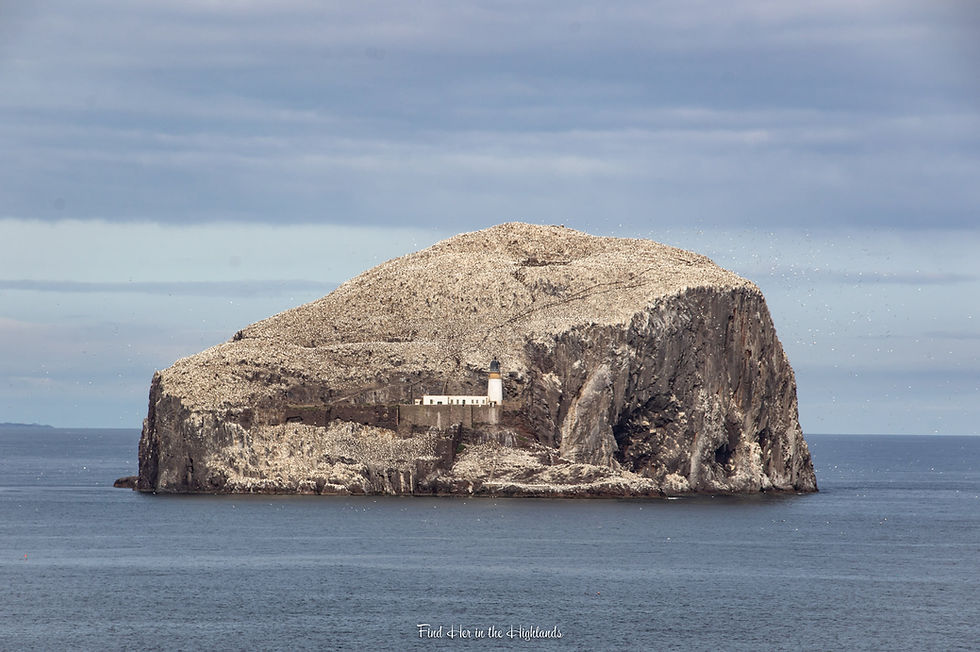
I have stayed with my friends in North Berwick multiple times and one of the highlights is visiting Tantallon Castle. It is an expansive and unique ruin. Walled in stairwells, doors half blocked by newer exterior stairwells, a 7 story noble residence tower - it is brimming with character. And its exposed promontory position with views out to Bass rock and the Isle of May give it one of the grandest feels of any castle I’ve visited. It reminded me a lot of Slains Castle in Aberdeenshire with its exposed, commanding location that can be seen from a great distance. The deep red sandstone gives it such a beautiful color as well.

The castle was built in the 1350s by one of the most powerful families in the history of Scotland - the Douglases. In the 1380’s the Douglas house split into two lines - the Black and the Red. Tantallon stayed with the Red Douglases for the next 300 years during their time as the earls of Angus.

Tantallon was a military fortress, but its main function was as a noble residence. Over the centuries it faced multiple sieges and attacks. In 1491, James IV lay siege to the castle, bringing guns from Linlithgow, Blackness, Stirling and Leith, and parking his ship off shore to keep the castle from being supplied by sea. Interestingly there is written record of James IV playing cards to pass time during the seige, but there’s not written record of how the siege ended.

In 1528, James V attacked the castle, where is was said that his drums beat out “ding doon (bring down) Tantalloun.” But after 20 days of bombardment he gave up. Lack of sufficient gunpowder and shot was likely a determining factor in his failure, together with the recently improved castle fortifications. In 1529, he traded physical warfare for negotiation, and managed to gain possession of Tantallon. He immediately ordered that the castle be rebuilt. This stage of improvements is easy to recognise as he used green basalt instead of the red sandstone of the original structure.

In 1651, after Cromwell defeated the Scottish army at Dunbar, he had a small group of Covenanters still to deal with, who were using Tantallon as their base. The castle didn’t stand a chance against modern cannons, and Cromwell lay ruin to the castle. It was never rebuilt again, aside from some repairs that were done to prepare for Queen Victoria’s visit in 1878.

Across the water is the volcanic Bass Rock, which has had its own tumultuous history. Four Jacobite prisoners actually managed to take control of the rock for 3 years. It is now home to the worlds largest gannet colony who nest amongst the ruins of the castle turned prison. The gannet is a protected species now but used to be a food source for the residents of Tantallon Castle. Yesterday before picking me up from Jedburgh my friend Lesley took a boat ride out to Bass Rock to photograph the gannets, how amazing is her photo of a gannet with Tantallon in the background!? Gannets have a wingspan of 6 feet. See all that white on the rock - all birds. At peak numbers, there are about 150,000 gannets on Bass Rock! There is a mounted binocular viewer in the castle grounds that gives you the opportunity to zoom in on the rock, which is just heaving with flying and nesting birds.


So there you have it - drama ran rampant through the Douglas lines. Mayhem, murder, betrayal, seige, battle, imprisonment…and Tantallon was front and center. I’ve just barely scraped the surface of its fascinating history, and I highly recommend a visit!
Thanks for reading!
Lilly x


Comentarios